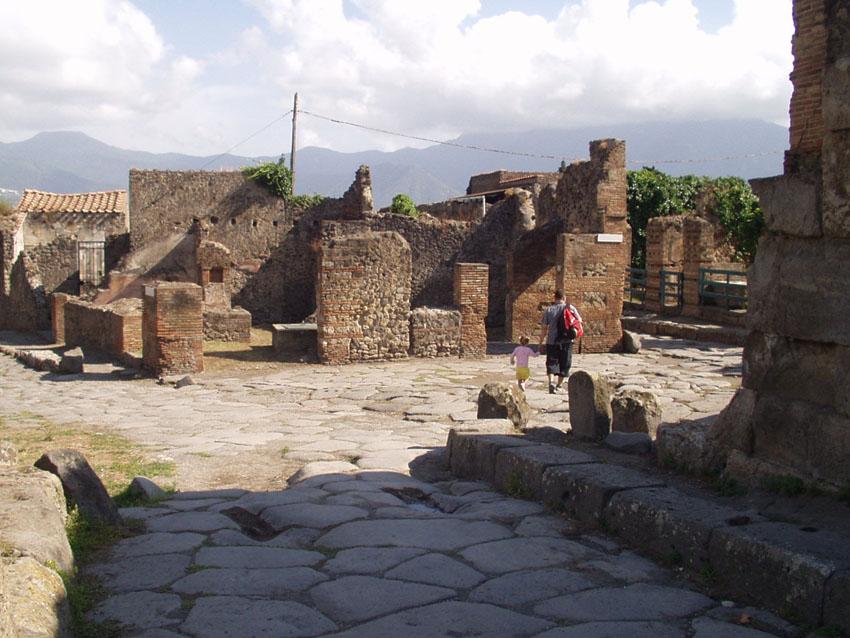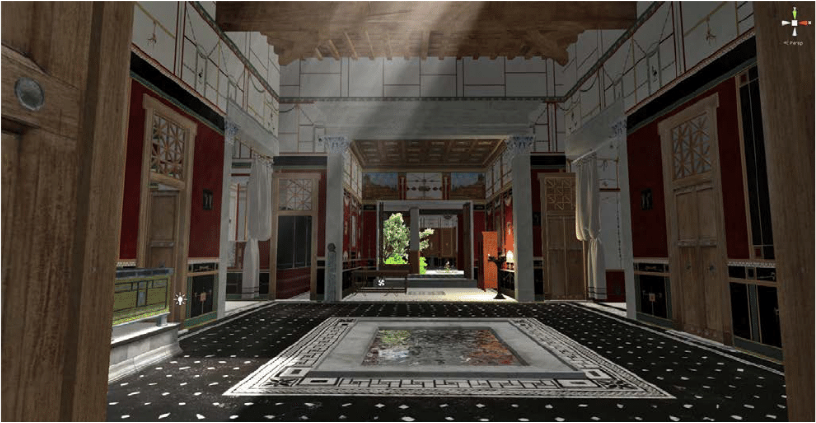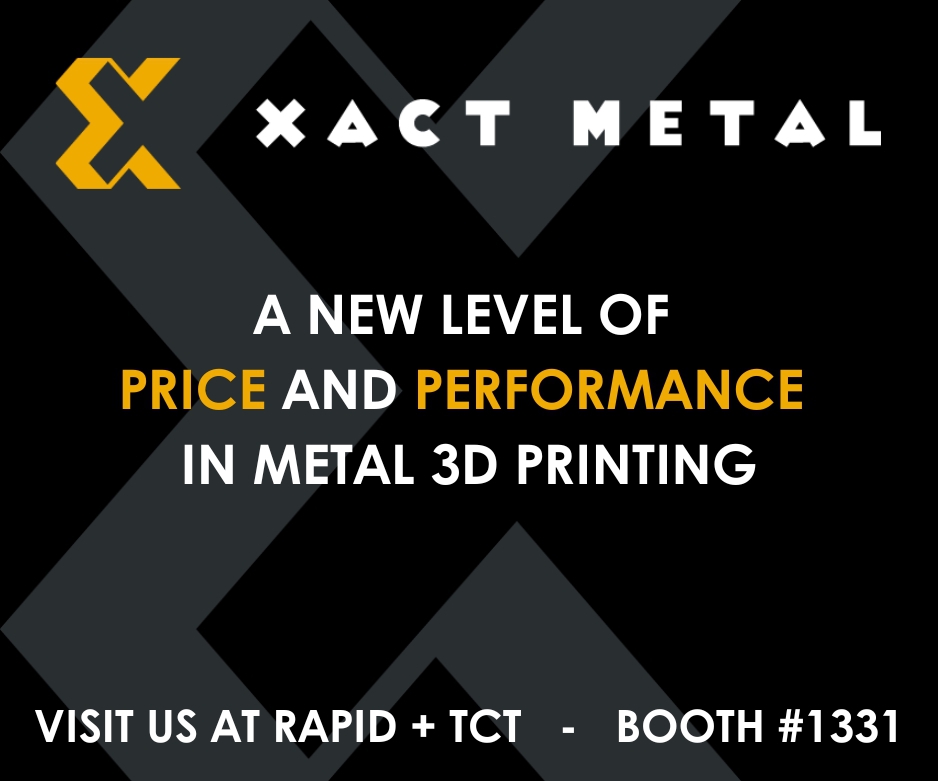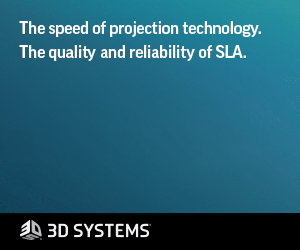Take a Virtual Tour of a Wealthy Pompeii Home Before the Volcano, Thanks to 3D Technology
One of the most famous tragedies of all time is that of Pompeii, the Mediterranean village destroyed by a volcanic eruption in the year 79 AD. In mere minutes, the entire population of the town was wiped out and buried beneath ash and debris – but it didn’t disappear entirely. The debris that buried the town and its people also preserved them, with the shapes of the fallen still clear within the layers of ash, and cast in plaster by archaeologists in 1863. 3D scanning and printing has allowed for those casts to be reproduced and more closely studied, revealing the citizens of Pompeii as they had looked in their last moments.
While the greatest cost of the tragedy was thousands of human lives, much more was also lost – masterful architecture and art, for example. However, the beauty of the city wasn’t lost forever, thanks again to 3D technology. The Swedish Pompeii Project was begun in 2000 at the Swedish Institute in Rome, with the goal of excavating an entire city Pompeian city block for study and analysis. In 2010, the management of the project was taken over by the Department of Archaeology and Ancient History at Lund University in Sweden.
As technology has evolved, so has the project. Massive amounts of photographs and data have been taken of the city block over the last 16 years, and in 2011, a digital element was added. Led by Anne-Marie Leander Touati, former director of the Swedish Institute in Rome and now Professor of Archaeology and Ancient History at Lund University, the research team 3D scanned the city block over the course of 2011 and 2012, using FARO Focus3D and FARO PHOTON 120 laser scanners, and have now released several 3D models – including an entire house, digitally reconstructed and “restored” to its original grand appearance.
The house, which belonged to a wealthy citizen named Caecilius Iucundus, is now the subject of a virtual tour, which you can see here. You can also see an abbreviated version of the tour below:
The reconstruction, which is fully documented in the article “Reconstructing the Original Splendour of the House of Caecilius Iucundus: A Complete Methodology for Virtual Archaeology Aimed at Digital Exhibition,” was carried out using not only the scans (which were enhanced with further images taken via drone in 2015), but technical and literary texts, early paintings and drawings, and other archaeological sources, all cobbled together to form a stunning virtual representation of a luxurious home from long ago.
“By combining new technology with more traditional methods, we can describe Pompeii in greater detail and more accurately than was previously possible,” said Nicoló Dell´Unto, digital archaeologist at Lund University.
Three wealthy estates in total have been cleaned and documented by the research team, which has also uncovered a tavern, a bakery, a laundry, and multiple gardens, along with stunningly well-preserved floor pieces and even fully intact windows made from translucent gypsum. By studying the water and sewer systems, they were able to glean information about the social hierarchies of the town – namely, that retailers were dependent on wealthy families for water, which they held in large tanks or wells, until the construction of a large aqueduct in later days.
You can read in more detail about the restoration project, particularly the 3D house reconstruction, here. The Swedish Pompeii Project will continue, using new and old techniques to unveil more of this ancient city and help us to understand the lives that were ended so suddenly nearly 2,000 years ago. Discuss further over in the Pompeii 3D Printed Models forum at 3DPB.com.
[Source: Lund University, provided to 3DPrint.com]Subscribe to Our Email Newsletter
Stay up-to-date on all the latest news from the 3D printing industry and receive information and offers from third party vendors.
You May Also Like
BellaSeno’s Pioneering 3D Printing Facility for Medical Implants to Open in 2025
German 3D printing medical implant pioneer BellaSeno plans to launch a fully automated production facility in Australia by mid-2025 to make its resorbable soft tissue and bone reconstruction implants. By...
Daring AM: From 3D Printed Gun Files to Criminal Backstreets
3D printed guns are a growing trend that won’t go away, making their way into headlines with increasing frequency. While the number of 3D printed firearms isn’t nearly as high...
Handheld, Chip-Based 3D Printer Demonstrated in DARPA-Funded Project
In a study funded by organizations including the National Science Foundation (NSF) and the Defense Advanced Research Projects Agency (DARPA), researchers at Massachusetts Institute of Technology (MIT) and University of...
BigRep Launches High-Temperature 3D Printers via HAGE3D Acquisition
In the fall of 2023, large-format 3D printing leader BigRep announced its acquisition of Austria-based HAGE3D, which also makes large-platform, fused filament fabrication (FFF) systems. This enabled BigRep to offer...






































